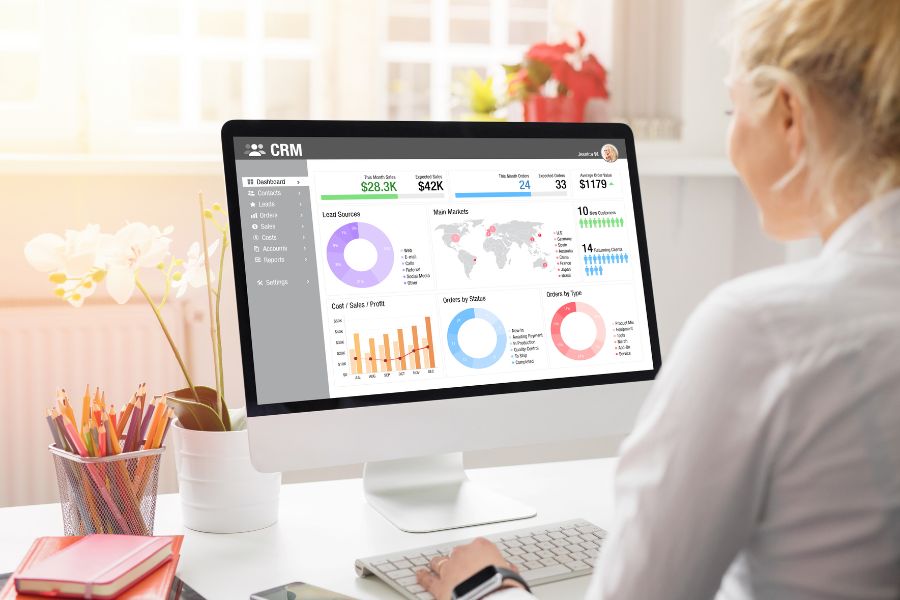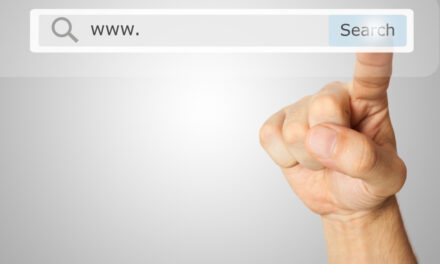Boost Your Business with a Good Laugh: The Fun and Essential Guide to Monitoring Sales
Introduction
Hello there, brave business adventurers! Running a small business is like being on a never-ending roller coaster ride – exhilarating, terrifying, and downright fun. Now, I bet you didn’t sign up for this adventure to become a number cruncher, but monitoring sales can be your secret map to the treasure chest. Let’s dive into this ocean, shall we?
Sales Monitoring: More Fun Than You’d Think!
I hear you; sales are just numbers. Yawn, right? But let me spin this around – they’re more like juicy gossip about your customers. Want to know who visits your store, what they’re buying, when they’re buying, and how much they’re spending? Well, your sales data is dishing all the dirt!
Unfortunately, a lot of businesses don’t use this insider info. Is it any wonder that half of small businesses don’t make it past their sixth birthday party [1]? I think not!
Your Business Commandments: Key Performance Indicators (KPIs)
So, we’ve got our ‘why’ to snoop around the sales data, but ‘how’ do we do it? Enter Key Performance Indicators (KPIs). Picture these like your business cheat codes, helping you level up. Let’s unlock a few:
- Conversion Rate: It’s like asking someone out – it’s not about how many people you approach, but how many say yes! The worldwide average for online stores is a modest 2-3% conversion rate [2]. So if you’re in that ballpark, give yourself a pat on the back!
- Average Transaction Value (ATV): This is like knowing your friends’ favorite pizza toppings. The more you know about what customers are spending, the better you can tailor your suggestions (upselling and cross-selling) to them.
- Customer Acquisition Cost (CAC): Ever thrown a party and calculated how much each guest cost you? This is it! You’re finding out how much you spend to convince a potential customer to buy from you. It’s essential not to throw too extravagant a party here, though!
The Wizardry of Technology: Sales Monitoring Tools
Thankfully, we’re in the 21st century! There are countless tech tools that can turn the sales monitoring process from a tedious chore into a virtual piece of cake. Starting out? Microsoft Excel can be your trusted sidekick.
But as your business grows, you may need to call in the big guns. Salesforce, HubSpot, and Zoho CRM are like having a super-smart, super-efficient personal assistant.
Set Your Tracking System: Easier Than Assembling IKEA Furniture
Right, setting up your sales tracking system might sound as daunting as assembling IKEA furniture, but it’s way simpler! Outline what you want to achieve, choose the KPIs that align with your goals, and then establish a way to collect and record your data.
Just like sticking to your new year’s resolutions, what counts most is consistency, whether you’re jotting down numbers in a notebook, updating an Excel sheet, or mastering a CRM tool.
Strike While the Iron’s Hot: Monitoring Sales Frequency
The answer to “how often should I monitor sales?” is a bit like deciding how many cups of coffee you need a day. It depends.
For businesses as fast-paced as a caffeine-fueled squirrel (like a bustling café or an online store), daily check-ins could be your way to go. If your business is more of a chill sloth pace, like real estate or custom craft work, weekly or monthly check-ins might do the trick.
Conclusion
Dear friends, monitoring sales isn’t just an exercise in number crunching. It’s a secret superpower that can turn the tide in your business adventure.
Yes, it might seem intimidating, like being asked to tell a joke on the spot. But armed with a pinch of determination, the right tools, and a clear game plan, you can take this challenge head-on.
So, let’s roll up our sleeves, don our superhero capes, and leap into our business journey. Here’s to creating laughter-filled, sales-soaring stories!
-
References:
U.S. Small Business Administration (SBA). (2018). Frequently Asked Questions: https://advocacy.sba.gov/category/research/frequently-asked-questions/faqs/
Statista. (2023). Average online shopping cart conversion rate worldwide: https://www.statista.com/statistics/1106713/global-conversion-rate-by-industry-and-device/





